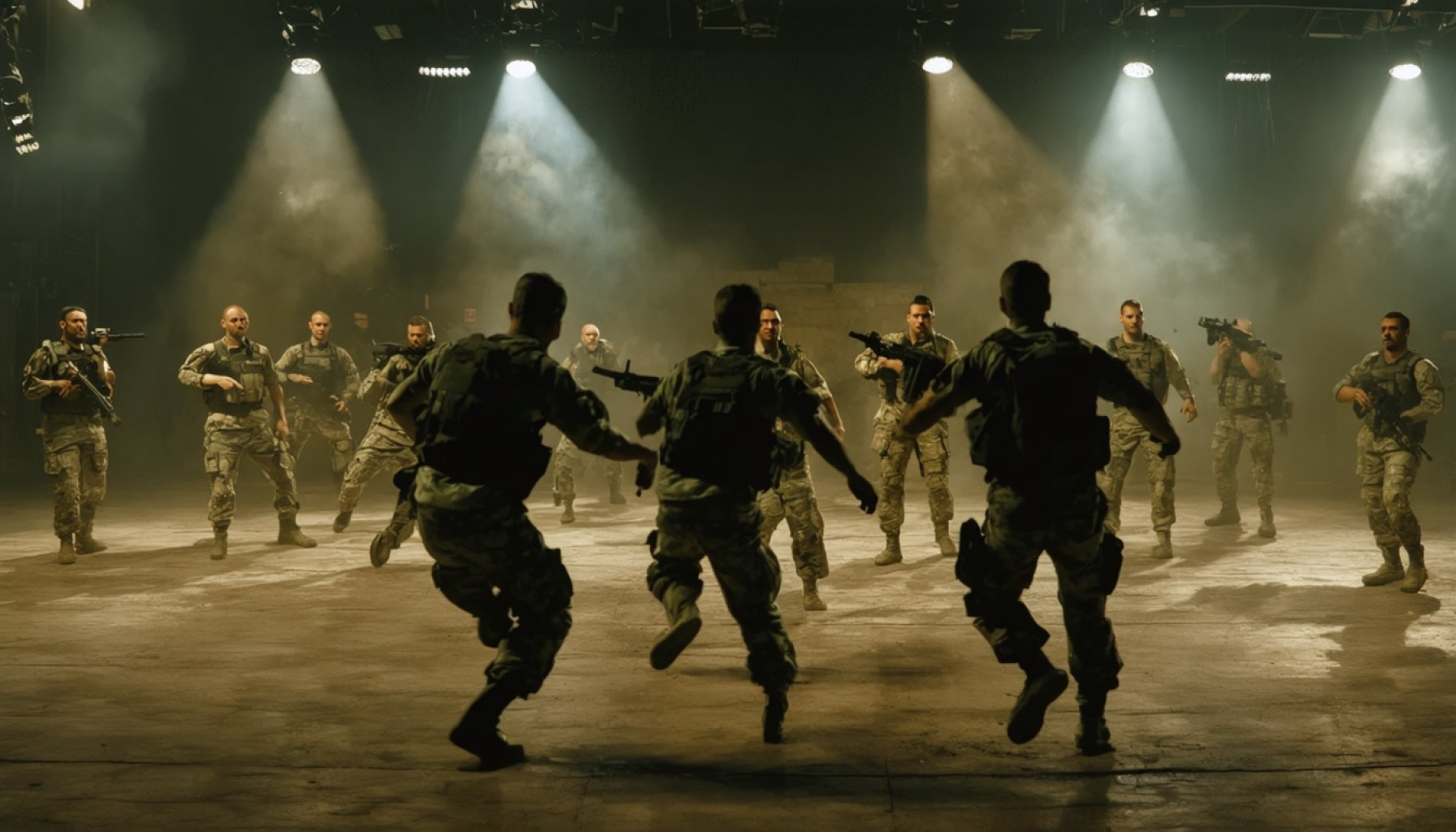- Ongoing negotiations aim to secure the release of Israeli hostages and retrieve remains of the deceased from Hamas, under a fragile truce agreement.
- Israel’s Prime Minister Netanyahu is actively involved in efforts to bring back six living hostages and the remains of the deceased.
- The current truce, ending March 1, seeks the return of 33 Israelis in exchange for over 1,900 Palestinians; so far, 19 Israelis have been released.
- Mediators work to propose the return of fallen prisoners by Friday, fostering a positive atmosphere for future diplomacy and peace.
- The negotiations highlight the potential for diplomacy to shine through division, showcasing humanity’s enduring spirit.
Amid the arid winds of the Middle East, hushed negotiations ripple with the promise of freedom for Israeli hostages, a poignant act that echoes across disputed landscapes. This week, fevered efforts are underway, striving to break expectations and liberate more captives than initially outlined in a fragile truce agreement between Israel and Hamas.
In the halls of power, Israel’s Prime Minister Netanyahu is described as a man intensely engaged in the heart-rending mission to free six living souls and retrieve the remains of those who did not survive their captivity. Negotiators weave through a labyrinth of political promises and shadowy exchanges, hoping to balance the scales of an emotional ledger.
The looming deadline of March 1 marks the end of the first phase of the ceasefire, designed to see 33 Israelis return home from Gaza in exchange for over 1,900 Palestinians held in Israel. So far, 19 have walked free, leaving dreams and echoes behind bars. Mediators burn the midnight oil, crafting propositions to return the bodies of fallen prisoners by Friday. Their aim? To solidify a positive atmosphere that can fuel peace beyond the truce.
This diplomat’s dance continues, with the next stages of negotiation poised to unlock the chains of the past. As the clock ticks, the air fills with a bittersweet blend of hope and urgency. The key takeaway? In a world fraught with division, moments of humanity gleam through, reminding us of diplomacy’s delicate power and the enduring human spirit.
Unlocking Freedom: How Middle Eastern Diplomacy is Reshaping the Israel-Hamas Hostage Negotiation
How-To Steps & Life Hacks: Navigating Hostage Negotiations
1. Understanding the Players: Identify key stakeholders – in this scenario, Israel and Hamas, alongside mediators and regional powers.
2. Facilitate Open Communication: Establish channels for ongoing dialogue, focusing on mutual interests such as ceasefires or humanitarian concerns.
3. Leverage Regional Influence: Enlist support from influential neighbors or global powers to act as mediators.
4. Incremental Negotiation: Begin with smaller, achievable objectives like the exchange of bodies, building trust for broader resolutions.
5. Craft the Narrative: Use media wisely to generate public support or apply pressure as needed.
Real-World Use Cases: Historical Hostage Exchanges
Hostage negotiations have historical precedents, such as the 2011 exchange where Israel swapped 1,027 prisoners for the Israeli soldier Gilad Shalit. Analyzing such cases can provide insights into strategic concessions and the role of public opinion in shaping outcomes.
Market Forecasts & Industry Trends
International relations experts suggest that geopolitical dynamics in the Middle East will increasingly focus on human rights issues and humanitarian solutions as future areas of negotiation. Expect regional diplomacy to pivot towards stability and peace economics, driven by mutual infrastructural and economic interests.
Reviews & Comparisons: Differing Diplomatic Strategies
Various countries adopt different strategies in handling hostage situations:
– USA: Often employs intelligence and military operations.
– Europe: Focuses on diplomatic channels and international coalitions.
– Middle Eastern Nations: Utilize a mix of negotiation and leveraging tribal or political alliances.
Controversies & Limitations: The Diplomacy Dilemma
One major criticism of hostage negotiations is the potential for empowering militant groups, possibly incentivizing future abductions. Balancing immediate humanitarian needs with long-term security objectives remains a central challenge.
Features, Specs & Pricing: The Cost of Hostage Negotiation
While not monetarily quantified, the “cost” involves political capital, public trust, resources diverted from military or other diplomatic efforts, and potential concessions.
Security & Sustainability: Long-Term Peacebuilding
Successful negotiations must consider sustainable peacebuilding. This includes addressing underlying grievances and infrastructural development to prevent future conflicts.
Insights & Predictions: The Future of Middle Eastern Diplomacy
Experts predict increased multi-lateral approaches involving regional and global powers, focusing more heavily on building alliances and structural peace incentives.
Tutorials & Compatibility: Efforts in Peacemaking
Training in conflict resolution and negotiation tactics can aid diplomats and private citizens alike. Many NGOs and international bodies offer resources and workshops aimed at improving diplomacy and negotiation skills.
Pros & Cons Overview
Pros:
– Immediate humanitarian benefits.
– Potential for improved relations and peace initiatives.
Cons:
– Risk of future abductions or demands.
– Political backlash over perceived concessions.
Actionable Recommendations
– Encourage public education on the importance of diplomacy and conflict resolution.
– Advocate for international support mechanisms for abductees’ families.
– Monitor governmental transparency during negotiations to maintain trust and pressure.
For further insights into Middle Eastern diplomacy and conflict resolution strategies, visit UN and ICRC.
By understanding the mechanisms of these complex negotiations, readers can gain a deeper appreciation for the delicate art of diplomacy and the immense effort required to bring lasting peace.
